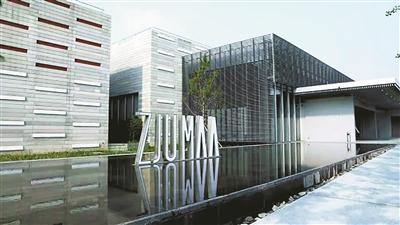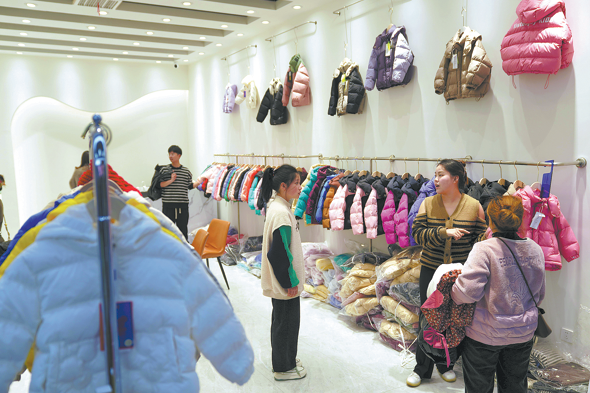
In the southwest corner of the Zijingang campus of Zhejiang University, there is a four-story concrete block building with a square shape and a blue-gray tone. This is the Zhejiang University Art and Archeology Museum. Affected by the epidemic, the museum has been shut for more than 5 months since the beginning of the year. It was reopened to teachers and students in June and officially reopened to the public on November 1.
Recently, the biggest wish of visitors who entered the Zhejiang University Art and Archeology Museum is to experience the 1:1 restoration of Yungang Cave No.12. This is the latest digital achievement of cultural relics of Zhejiang University and Yungang Grottoes Research Institute: high-fidelity 3D model reconstruction technology of cultural relics, coupled with the original 3D printing method, enables the Yungang Grottoes, more than 1,500 kilometers away, to "walk" in the south of the Yangtze River for visitors.
Being amazed and moved by the latest scientific research results, people realize that the Zhejiang University Art and Archeology Museum is unique from many other museums: this is a teaching museum built by a university.

In recent years, many colleges and universities in China have begun to build museums, and “a first-class university must have a first-class museum” has become a consensus. What functions should a university museum have? What kind of mission do they undertake? How to build a university museum? The Zhejiang University Art and Archeology Museum provides the latest samples to answer these questions that have received much attention.
According to Bai Qianshen, Dean of Zhejiang University School of Art and Archaeology and Director of Zhejiang University Museum of Art and Archaeology, the function and positioning of Zhejiang University Art and Archaeology Museum is very clear: to promote archaeology and art history education in university education. Exhibitions and collections in the museum are all around this Purpose unfolds.
The Zhejiang University Art and Archaeology Museum considers two major criteria when collecting collections: one is to meet the teaching needs of Zhejiang University, both for professional education, and for general education for the whole school; the other is to meet the collection plan of the whole human civilization, that is, to focus on China and to thread the world history with the collection of cultural relics and artworks that reflect the history of different civilizations and different eras.
The "Remnant Stele of the Xitingji of Yanzhenqing(Tang dynasty)" donated by the Hong Kong alumni Lin Xiao of Zhejiang University and the Hong Kong Jinmotang Calligraphy Research Foundation. The monument was erected in the twelfth year of Tang Dali (AD 777). However, since the Song Dynasty, people have not seen this stone monument, not even the rubbings, and can only see the inscription in the relevant collections. This stele’s inclusion into the Zhejiang University Art and Archaeology Museum is very rewarding.
(Edited by Ye Ke, Translated by Wu Hongjie)




